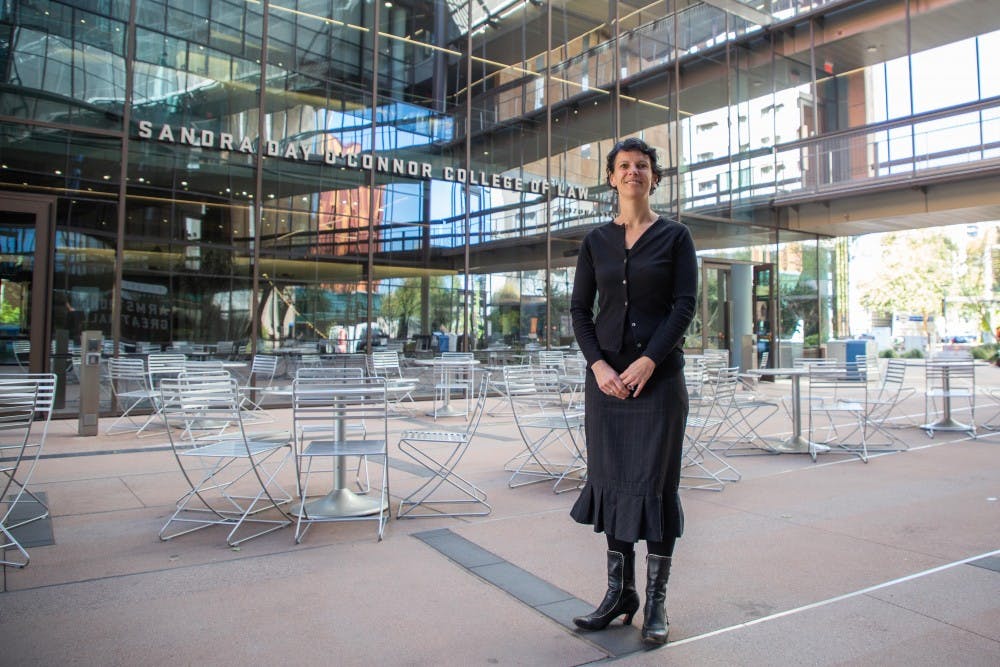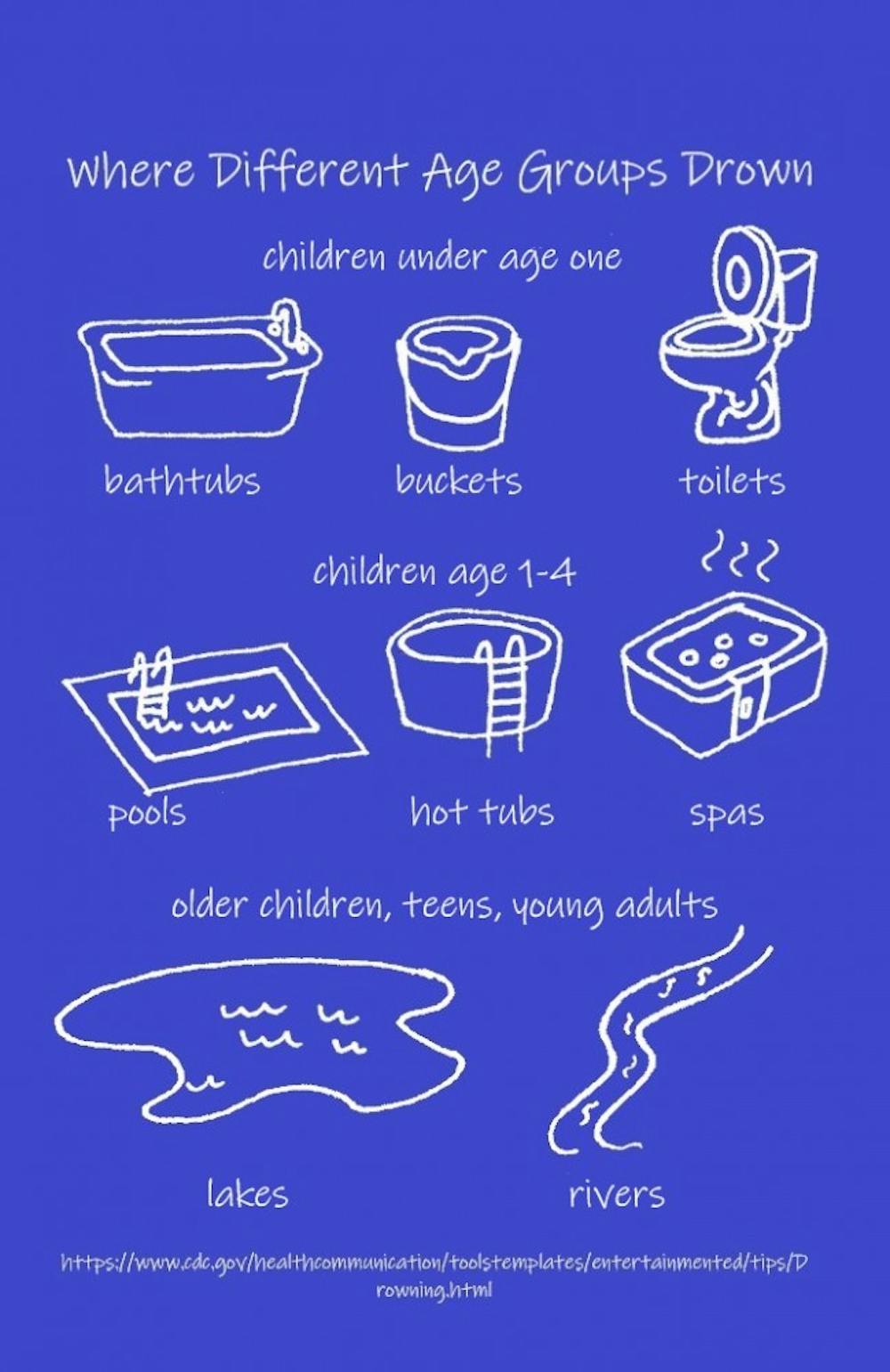Drowning is the second leading cause of death in children 4 years old and younger, according to the Centers for Disease Control and Prevention, and an imminent accident that occurs often in Arizona.
So why does it go largely undiscussed?
Diana Bowman, an associate professor at the Sandra Day O’Connor College of Law, had this same question.
When she moved to Arizona with a 1-year-old daughter and went house-hunting, she found that most houses with pools were not secure.
“I was looking for a house for us to live in and just noticed by happy chance that literally every house I looked at, had a swimming pool, but there was no barrier around the swimming pool,” she said.
According to the Arizona Department of Health Services, drowning was the leading cause of death in children 1-to 4-years old in Arizona in 2016. In addition, Arizona has the fourth highest drowning mortality rate in children 4 years old and younger in the U.S.
In 2016, there were 174 water-related hospital admissions among children 4 years old and younger, in Maricopa County alone and 27 reports for children between the ages of 5 and 14. There were 275 reported incidents altogether in the county, and most occurred in Phoenix.
“It horrified me that I could move here, and that even though Arizona has twice the national average in terms of fatalities of that age group, it's not talked about,” she said.
To get the word out, Diana Bowman reached out to Bob Bowman, head coach of ASU Swim and Dive and Phoenix Children’s Hospital to put together a public service announcement.
When Bob Bowman, who is not related to Diana Bowman, heard what she was doing, he jumped on board.
With the help of ASU and PCH staff, the group filmed a public awareness campaign that aimed to educate viewers on drowning risks and proper swimming etiquette.
“No floats on their arms or even pool fences or any of those things are going to ever take the place of a hundred percent adult supervision of children around water," he said. "That's where you find a large number of these drownings occur.”
The video caught the attention of Bob Hubbard and his wife Kathy, who run the Hubbard Family Swim School.
The Hubbards connected with Diana Bowman and together they worked to meet with the city council and mayoral candidates.
Diana Bowman said she plans to continue to work to educate the Arizona government in hopes of bringing change.
Securing pools and designating one person to watch the child or children at all times when they are swimming are some ways to avoid a drowning incident.
“Pick a water watcher,” Hubbard said. “It's one of the things of when everybody's watching, nobody's watching. So you get into a social situation at a hotel pool or a backyard pool or an apartment pool, pick somebody in your group and designate them for 10 or 15 minutes.”
Bob Bowman said that teaching children how to swim early on will help prevent drownings.
However, swimming lessons can be expensive, and the 29 public swimming pools that Phoenix offers are not open year-round due to being outdoors.
In Arizona, the cost can reach up to $80-$90 per month; this prevents families with lower incomes from being able to afford instruction, heightening their risk for an accident, Diana Bowman said.
A potential partnership between Diana Bowman and the swim school hopes to provide access to affordable indoor swimming lessons for families.
Hubbard said that he is looking for a way to provide these affordable lessons in a way that is sustainable for all parties involved and provides easy-access for those who use public transportation.
Diana Bowman hopes that members of the ASU community can come together and become leaders in preventing drownings.
From involving nurses and doctors to educate parents about the risks, to bringing engineers together to rethink how we approach pool fencing, she said that with this effort, ASU could become a leader in preventative action.
“We can actually change how we talk about drowning because for the most part, people only talk about drowning when there's been a fatality or there has been a submersion event and a child has ended up being critical care,” she said.
Reach the reporter at nschon@asu.edu and follow @schonn2 on Twitter.
Like The State Press on Facebook and follow @statepress on Twitter.





